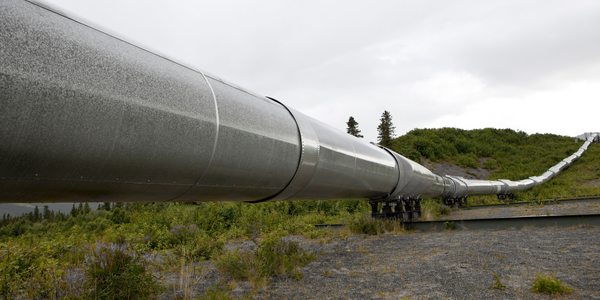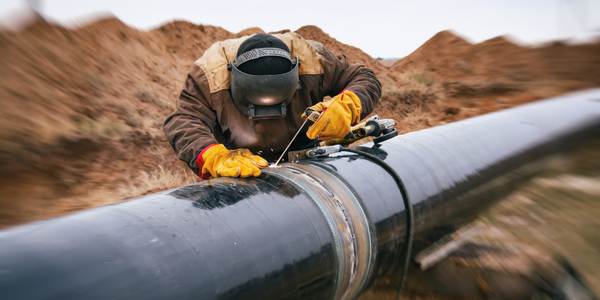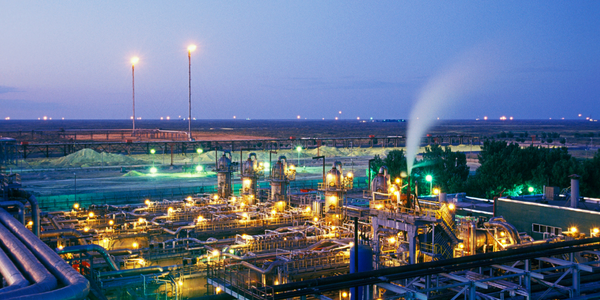Anadarko Raises Deepwater Drilling Hazard Assessments to Ensure SEMS Compliance, Enable Sustainable Growth
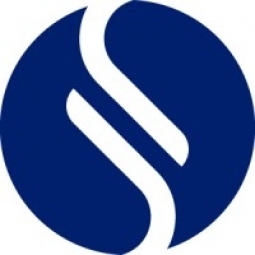
Customer Company Size
Large Corporate
Region
- America
Country
- United States
Product
- Sphera’s Stature® software
Tech Stack
- Web-based software
Implementation Scale
- Enterprise-wide Deployment
Impact Metrics
- Productivity Improvements
- Environmental Impact Reduction
Technology Category
- Application Infrastructure & Middleware - Data Exchange & Integration
Applicable Industries
- Oil & Gas
Applicable Functions
- Discrete Manufacturing
Use Cases
- Process Control & Optimization
- Regulatory Compliance Monitoring
Services
- Software Design & Engineering Services
About The Customer
Anadarko Petroleum Corporation is among the world’s largest independent oil and natural gas exploration and production companies, with 2.56 billion barrels of oil equivalent in proved reserves at year-end 2012. The company has operations throughout the United States – with onshore assets in the Rocky Mountains region, the southern U.S. and the Appalachian Basin – and is well known for its successful deepwater operations in the Gulf of Mexico and Internationally. Anadarko is widely recognized for its innovation and commitment to delivering energy resources to the market in a manner that protects the safety of its employees and the communities where it operates. The company’s strong culture of bottom-up employee involvement ensures that Anadarko’s commitment to safety is carried out daily at all levels of the organization, throughout its operations.
The Challenge
Anadarko Petroleum Corporation, one of the world's largest independent oil and natural gas exploration and production companies, was faced with the challenge of complying with new U.S. regulatory requirements to support Safety and Environmental Management System (SEMS). The company needed to streamline its drilling permit application process and simplify the management of change. Additionally, Anadarko was faced with the challenge of minimizing operational disruption and delays due to the replacement of experienced staff. The company was deeply affected by the tragic Deepwater Horizon events in 2010, which led to a six-month moratorium on deepwater drilling operations across the Gulf of Mexico and the mandatory adoption of SEMS by federal authorities.
The Solution
To ensure compliance with SEMS standards and additional safety measures, Anadarko set out to implement an enterprise-level software solution that would provide the information framework for hazard assessments. The company selected Sphera’s Stature® software, part of the Sphera Operational Risk Solution, due to its capabilities and flexibility. Sphera services experts worked closely with Anadarko stakeholders to fine-tune the software’s hazard template for use in deepwater Drilling and Completion operations in the Gulf of Mexico. The team captured and documented Anadarko’s best practices in a standard template that parallels each phase of an operation. As a result, Anadarko is now successfully using the Sphera system to meet SEMS and AMS requirements, while also gaining a competitive edge that quickly caught the attention of other operators.
Operational Impact
Quantitative Benefit

Case Study missing?
Start adding your own!
Register with your work email and create a new case study profile for your business.
Related Case Studies.

Case Study
Taking Oil and Gas Exploration to the Next Level
DownUnder GeoSolutions (DUG) wanted to increase computing performance by 5 to 10 times to improve seismic processing. The solution must build on current architecture software investments without sacrificing existing software and scale computing without scaling IT infrastructure costs.

Case Study
Remote Wellhead Monitoring
Each wellhead was equipped with various sensors and meters that needed to be monitored and controlled from a central HMI, often miles away from the assets in the field. Redundant solar and wind generators were installed at each wellhead to support the electrical needs of the pumpstations, temperature meters, cameras, and cellular modules. In addition to asset management and remote control capabilities, data logging for remote surveillance and alarm notifications was a key demand from the customer. Terra Ferma’s solution needed to be power efficient, reliable, and capable of supporting high-bandwidth data-feeds. They needed a multi-link cellular connection to a central server that sustained reliable and redundant monitoring and control of flow meters, temperature sensors, power supply, and event-logging; including video and image files. This open-standard network needed to interface with the existing SCADA and proprietary network management software.
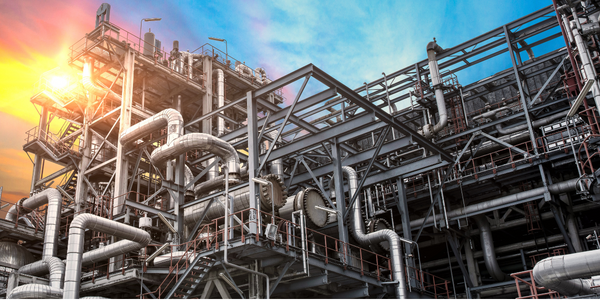
Case Study
Refinery Saves Over $700,000 with Smart Wireless
One of the largest petroleum refineries in the world is equipped to refine various types of crude oil and manufacture various grades of fuel from motor gasoline to Aviation Turbine Fuel. Due to wear and tear, eight hydrogen valves in each refinery were leaking, and each cost $1800 per ton of hydrogen vented. The plant also had leakage on nearly 30 flare control hydrocarbon valves. The refinery wanted a continuous, online monitoring system that could catch leaks early, minimize hydrogen and hydrocarbon production losses, and improve safety for maintenance.






